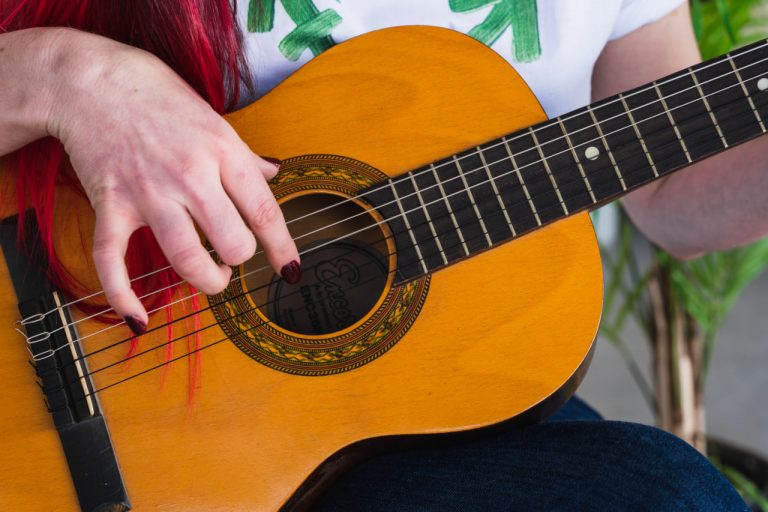Integrating music theory into guitar lessons is essential for developing well-rounded musicianship. However, overwhelming students with too much theory at once can lead to frustration, disengagement, and slowed progress. The key is to balance practical playing with theoretical knowledge in a way that enhances learning and keeps students motivated. In this article, we will explore strategies for teaching music theory effectively without overwhelming your students.
1. Start with the Basics
Before diving into complex concepts, ensure students have a solid grasp of foundational theory. Focus on essentials such as the musical alphabet, note names, basic scales, and chord construction. Introduce one concept at a time and relate it directly to the guitar. For example, show how the C major scale corresponds to specific frets and strings. Starting small helps students feel confident and sets the stage for more advanced concepts.
2. Use Practical Examples
Students learn theory best when they see how it applies to real music. Use songs that incorporate the concepts being taught, such as demonstrating chord progressions with popular tunes or showing scales within familiar melodies. Connecting theory to music they enjoy makes abstract ideas more concrete and engaging.
3. Integrate Theory Gradually
Avoid front-loading lessons with too much theory. Spread concepts over multiple lessons and review frequently. Introduce intervals, key signatures, and chord inversions progressively, reinforcing each idea before moving on. A gradual approach ensures students retain knowledge and build confidence in applying it.
4. Combine Theory with Technique
Pair theoretical lessons with practical exercises on the guitar. For instance, when teaching intervals, have students play them across different strings. When introducing chord construction, practice forming those chords and using them in a progression. This dual approach connects theory to muscle memory and practical playing, making learning more meaningful.
5. Use Visual Aids
Many students benefit from visual representations of theory concepts. Utilize fretboard diagrams, charts, and color-coded notes to demonstrate scales, chords, and intervals. Visual aids simplify complex ideas and provide a reference students can return to during practice.
6. Encourage Exploration
Give students opportunities to experiment with theory on their own. Encourage improvisation within a scale, creating chord progressions, or composing short melodies. Exploration fosters creativity, reinforces theoretical concepts, and allows students to discover how music theory directly influences their playing.
7. Apply Theory to Songs
One of the most effective ways to teach theory is through songs. Break down songs your students enjoy, analyzing chord progressions, scales, and harmonies. This shows theory in context and emphasizes its practical value. Students are more likely to internalize concepts when they see how theory shapes the music they love.
8. Use Incremental Challenges
Introduce theory through small, achievable challenges rather than overwhelming assignments. For example, have students identify all the chords in a simple song, then gradually add analysis of key changes or modes. Incremental challenges build confidence and a sense of accomplishment while steadily expanding knowledge.
9. Encourage Questions and Discussion
Theory can seem abstract, so create an environment where students feel comfortable asking questions. Discuss why certain chords work together or why specific scales evoke certain emotions. Interactive discussion enhances understanding and helps students internalize theoretical concepts naturally.
10. Reinforce Theory Through Practice
Consistent practice is essential for integrating theory. Assign exercises that combine playing and analysis, such as identifying chord tones while strumming a song or mapping scales on the fretboard during practice sessions. Reinforcement bridges the gap between theoretical understanding and practical application.
11. Balance Theory with Fun
Finally, ensure that theory lessons do not dominate the entire guitar lesson. Balance theory with playing, improvisation, and musical creativity. Keeping lessons fun and interactive prevents students from feeling bogged down while still advancing their knowledge.




